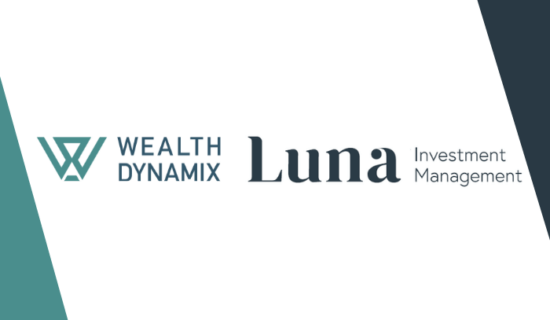Does an increasingly digitised client journey pose a threat to loyalty or provide the key? We consider how a fast-changing environment is effecting a change – and there’s no going back.
Wealth Management has been revolutionised by digitisation, yet digital services are no longer a differentiating factor: they are everywhere you turn. Technology is so ingrained and integral to modern working practices and the delivery of services that it’s no longer a case of having “a digital strategy for the business but a business strategy for digital”.
As we move away from a time in which a great digital experience was a driver for loyalty and into “table stakes mode” where it’s the very minimum expected, relationship managers may be wondering whether their success is irrevocably tied to their firm’s technological capabilities.
It’s the best experience that will afford wealth management firms a competitive edge. Yet this cannot be delivered via digital services alone – relationship managers and financial advisors can be a driving force in achieving client loyalty.
The loyalty conundrum
There is still a need for personalised service by Wealth Management businesses to serve the more complex portfolio level, long-term investment decisions. However, by not digitising elements of the service, traditional providers risk losing part of an individual’s portfolio – or all of it.
Larger businesses have the scale, the people, and the pedigree to make it worthwhile to invest in new platforms to aid loyalty via effective Client Lifecycle Management. Yet, they often lack the DNA of new market entrants who operate without the overhead of legacy systems. By contrast, new entrants have the tech – but none of the DNA of the banks.
Those new to investing doing so through a friendly, glossy app will only know this route – and as the range of services and providers grow, wealth management providers resisting change and projecting a formal, traditional image are in danger of losing investment potential. Whilst the trend for peer endorsement has its limits – friends able to recommend an app are unlikely to be able to support more complex, nuanced investment decisions – relationship managers cannot assume their expertise will be realised by inexperienced investors. It’s critical to keep pace with digitisation to retain existing customers and attract new ones. Loyalty drives use and recommendation – both are essential for future profitability.
Opposite:
Platform aggregators pose a new threat to long-term loyalty
The bar for digitised services continues to rise with the advent of platform aggregators. By simplifying the onboarding process and removing it as a barrier to switching providers, these aggregators have the potential to drive client defection. As witnessed through the current account switchover guarantee in 2013, and since via aggregators in the energy space, consumers will switch allegiance more freely if the pain points associated with doing so are reduced. Some may even become ‘serial switchers’, going where the next incentive or service innovation piques their interest.
Using a biometric process, such as the data within Open Banking Platforms, could fuel the same behaviours in the wealth management arena, enabling clients to switch Wealth management providers more easily. And it’s a picture that’s likely to get even more competitive as platforms like eToro encourage younger and less traditional clients to take the bull by the horns to dabble in some elements of wealth management themselves.
Loyalty is a moving target
Times are changing, and those who do not reassess and re-strategise will lose ground. Even the concept of loyalty is being challenged. It’s a theme that has commonly inferred a sense of steadfastness and reliability in the banking world, with high-street banks like Lloyds using slogans like ‘By your side’ for years to try to build trust. More recently, though, digital challengers such as Starling Bank are changing the script, inviting customers to ‘set themselves free’ and try ‘a new kind bank’ through an intuitive app.
We’re at a point in history when digital experiences have become commoditised, and the daily use of digital financial services now spans the generations. As digitisation evolves and client expectations are shaped by friendly interfaces offering robo-advice in accessible, everyday language, investment firms will need to draw on their people skills, using insight to add value and provide personal, meaningful interactions. It’s a landscape where predicting (rather than reacting to) the clients’ requirements will foster loyalty and minimise attrition.
In conclusion, we feel the balance of power has shifted. Data has usurped the relationship manager at the heart of the relationship, and the data holder is the key to an accurate, real-time, 360 view of the client. It will be down to relationship managers and financial advisors to remain agile and create a sense of genuine connection, supporting the digital experience with human interactions. “Show me you know me” has never been more relevant than in this space.





